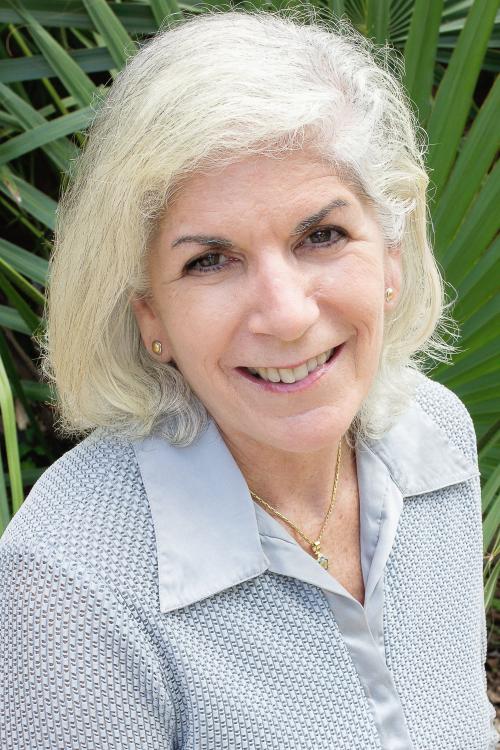First Steps: Determining the Feasibility of Your Grant Idea
Think Through Your Timeline and Budget
Let us imagine that you have found a funder that is a perfect fit for your new project idea. The deadline is approaching within the next two months and your project team is excited about getting started. You have already mapped out a checklist listing all the required components and you have included the criteria by which the proposal will be evaluated, so that everyone is aware how reviewers plan to score each application. You and your team are confident that the proposal package can be prepared within the time available prior to the deadline.
What’s next? One of the biggest mistakes people make when initiating the process of applying for grant funding is to skip the feasibility assessment process. To engage in this process, the team should first prepare a timeline of major activities that will occur during the grant period to ensure the project can be successfully completed within this timeframe. If the timeline activities, when visualized, creates a full mental movie of how the project will unfold to achieve the anticipated project results, then the team can move on to step two: the budget. Creating a draft budget based on the activities listed in the timeline will allow the team to “see” what steps in actualizing the project require external funding, while acknowledging the team’s available resources. This step also provides an opportunity to brainstorm ideas for potential partners that may offer resources or expertise necessary to complete the project as visualized in the timeline. Access to partner resources may require funding for a partner’s participation, which likely will be viewed favorably by funders—as an opportunity to “spread the wealth” to a variety of institutions, if the proposal is awarded. While drafting the budget, the team can take this time to add new activities to the timeline that they may have missed previously.
Connect With The Program Officer
With the draft timeline and budget in hand, the team is now ready to contact the program officer who is employed by the funder to assist grant applicants in preparing fundable applications. The team should prepare a brief email message describing the project idea, its goals, and major activities, along with the budget amount it plans to request, the proposed length of time to complete the project (if the funder allows for more than one year), and examples of the types of major expenses the team will propose in its budget. The goal of the email message is to secure a 30-minute phone call or zoom meeting with the program officer to learn ways to improve the project idea or plan, and to determine whether or not the project appears to be fundable at this early stage. Responses to these questions will be most helpful to the team: Is the budget reasonable for this type of project? How does the purpose of the project align with the funders’ expectations? In what ways does the project need to be improved to become competitive? Are the expenses appropriate or would the funder prefer that funding be used for other types of expenses? The team should allow the conversation to develop organically while keeping these questions in mind.
If the program officer believes that the project is worth pursuing, then the next step is to determine the applicant library’s views. The team can now convene a group comprised of the project team and its supervisors to review the program officer’s comments and answer the following questions. How will the timing of this proposed project impact those who will be working on other projects or their existing workloads? What other resources can be made available to the team to execute the project should it be awarded? In what ways will the project improve or enhance the library’s operations, programs, or services? What information does the team lack that could impact whether the proposal should be submitted for the upcoming deadline?
Whether or not the project receives a unanimous thumbs up response, engaging in a conversation about feasibility accomplishes several important goals. It creates organizational transparency by sharing information about a future project that may receive funding, while key personnel required for the project share project specifics and rationale with their respective supervisors. This is an essential step in achieving organizational buy-in, and it establishes a forum for project planning which elicits diverse views and ideas that may improve the quality of the project. Finally, it opens the door to additional resources and support that may not have otherwise been available to the team.
For More Information
Bess is available for book talks on Creating Fundable Grant Proposals: Profiles of Innovative Partnerships (2021); Collaborating with Strangers: Facilitating Workshops for Libraries, Classes, and Nonprofits (2017); and, Collaborative Grant-seeking: A Practical Guide for Librarians (2016)
Bess de Farber, Grantseeking and Collaboration Consultant
ASK Associates, Inc.
askbess@gmail.com
Bess is available for book talks on Creating Fundable Grant Proposals: Profiles of Innovative Partnerships (2021); Collaborating with Strangers: Facilitating Workshops for Libraries, Classes, and Nonprofits (2017); and, Collaborative Grant-seeking: A Practical Guide for Librarians (2016).
